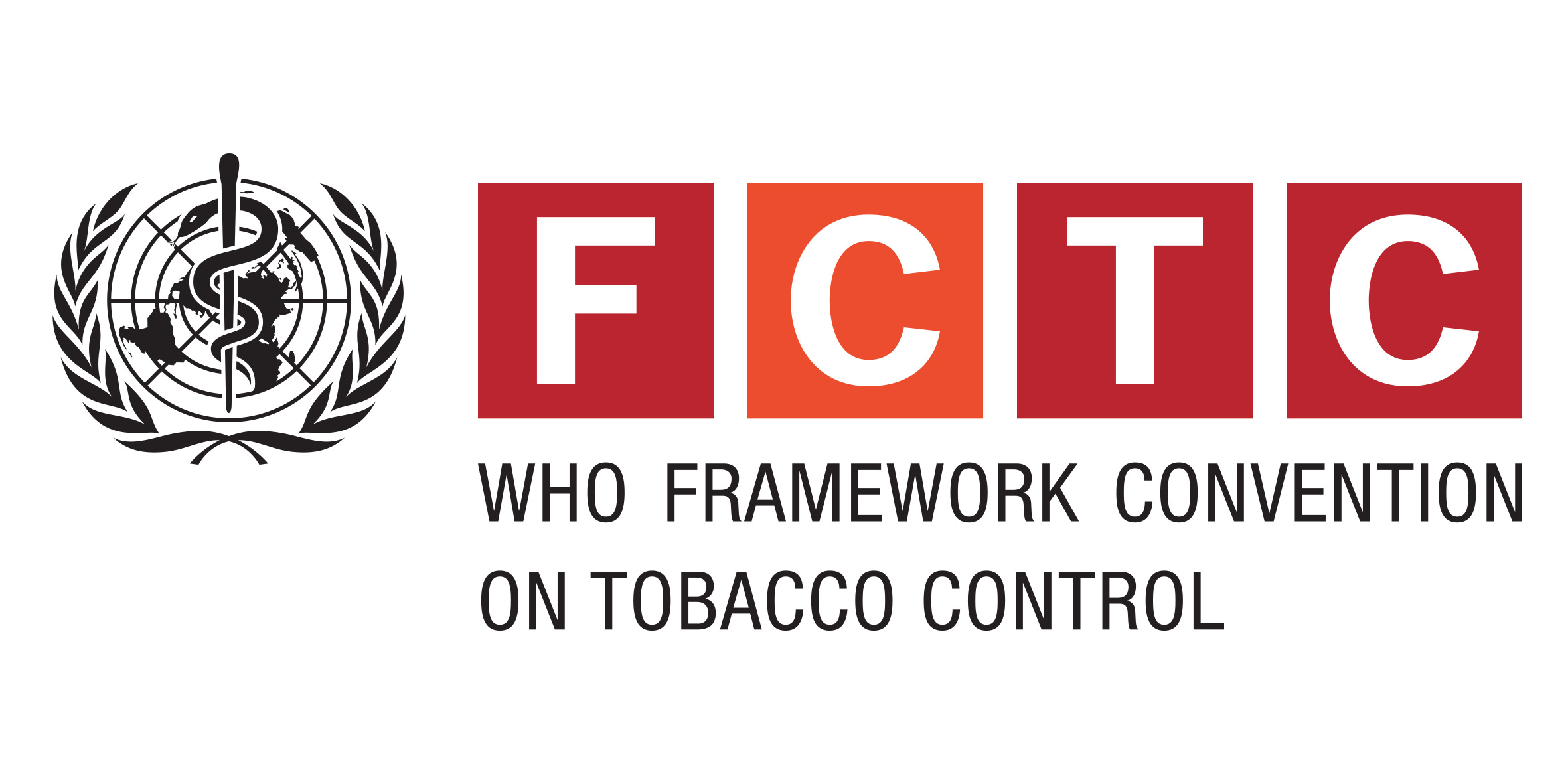Journal Article
Print(0)
Jama
JAMA
1-Nov
274
17
1347
1352
LR: 20151119; JID: 7501160; 6M3C89ZY6R (Nicotine); 7U1EE4V452 (Carbon Monoxide); K5161X06LL (Cotinine); CIN: JAMA. 1996 Jun 26;275(24):1882-3. PMID: 8648863; CIN: JAMA. 1995 Nov 1;274(17):1390-1. PMID: 7563566; ppublish
UNITED STATES
0098-7484; 0098-7484
PMID: 7563558
eng
Clinical Trial; Comparative Study; Journal Article; Multicenter Study; Randomized Controlled Trial; Research Support, Non-U.S. Gov't; AIM; IM
Unknown(0)
7563558
OBJECTIVE: To compare the efficacy and safety of 22-mg and 44-mg doses of transdermal nicotine therapy when it is paired with minimal, individual, or group counseling to improve smoking cessation rates. DESIGN: An 8-week clinical trial (4 weeks double-blind followed by 4 weeks open label) using random assignment of participants to both dose (22 or 44 mg) and counseling (minimal, individual, or group) conditions. PARTICIPANTS: Daily cigarette smokers (> or = 15 cigarettes per day for at least 1 year) who volunteered to participate in a study of smoking cessation treatment. A total of 504 participants were enrolled at two sites. INTERVENTION: Four weeks of 22- or 44-mg transdermal nicotine therapy followed by 4 weeks of dosage reduction (2 weeks of 22 mg followed by 2 weeks of 11 mg). Counseling consisted of a self-help pamphlet (minimal); a self-help pamphlet, a brief physician motivational message, and three brief (< 15 minutes) follow-up visits with a nurse (individual); or the pamphlet, the motivational message, and eight weekly 1-hour group smoking cessation counseling visits (group). All participants returned weekly to turn in questionnaires and for assessment of their smoking status. MAIN OUTCOME MEASURES: Abstinence from smoking was based on self-report, confirmed by an expired carbon monoxide concentration lower than 10 ppm. Withdrawal severity was assessed by means of an eight-item self-report questionnaire completed daily. RESULTS: Smoking cessation rates for the two nicotine patch doses and three levels of counseling did not differ significantly at either 8 weeks or 26 weeks following the quit date. Among those receiving minimal contact, the 44-mg dose produced greater abstinence at 4 weeks than did the 22-mg dose (68% vs 45%; P < .01). Participants receiving minimal-contact adjuvant treatment were less likely to be abstinent at the end of 4 weeks than those receiving individual or group counseling (56% vs 67%; P < .05). The 44-mg dose decreased desire to smoke more than the 22-mg dose, but this effect was not related to success in quitting smoking. Transdermal nicotine therapy at doses of 44 mg produced a significantly greater frequency of nausea (28%), vomiting (10%), and erythema with edema at the patch site (30%) than did a 22-mg dose (10%, 2%, and 13%, respectively; P < .01 for each adverse effect). Three serious adverse events occurred during use of the 44-mg patch dose. CONCLUSIONS: There does not appear to be any general, sustained benefit of initiating transdermal nicotine therapy with a 44-mg patch dose or of providing intense adjuvant smoking cessation treatment. The two doses and all adjuvant treatments produced equivalent effects at the 26-week follow-up, and the higher patch dose produced more adverse effects. Higher-dose (44-mg) nicotine replacement does not appear to be indicated for general clinical populations, although it may provide short-term benefit to some smokers attempting to quit with minimal adjuvant treatment.
Administration, Cutaneous, Adult, Analysis of Variance, Carbon Monoxide/metabolism, Combined Modality Therapy, Cotinine/blood, Counseling, Double-Blind Method, Female, Humans, Logistic Models, Male, Middle Aged, Nicotine/administration & dosage/therapeutic use, Smoking Cessation/methods, Substance Withdrawal Syndrome
Jorenby,D. E., Smith,S. S., Fiore,M. C., Hurt,R. D., Offord,K. P., Croghan,I. T., Hays,J. T., Lewis,S. F., Baker,T. B.
Center for Tobacco Research and Intervention, University of Wisconsin-Madison, USA.
http://vp9py7xf3h.search.serialssolutions.com/?charset=utf-8&pmid=7563558
1995

